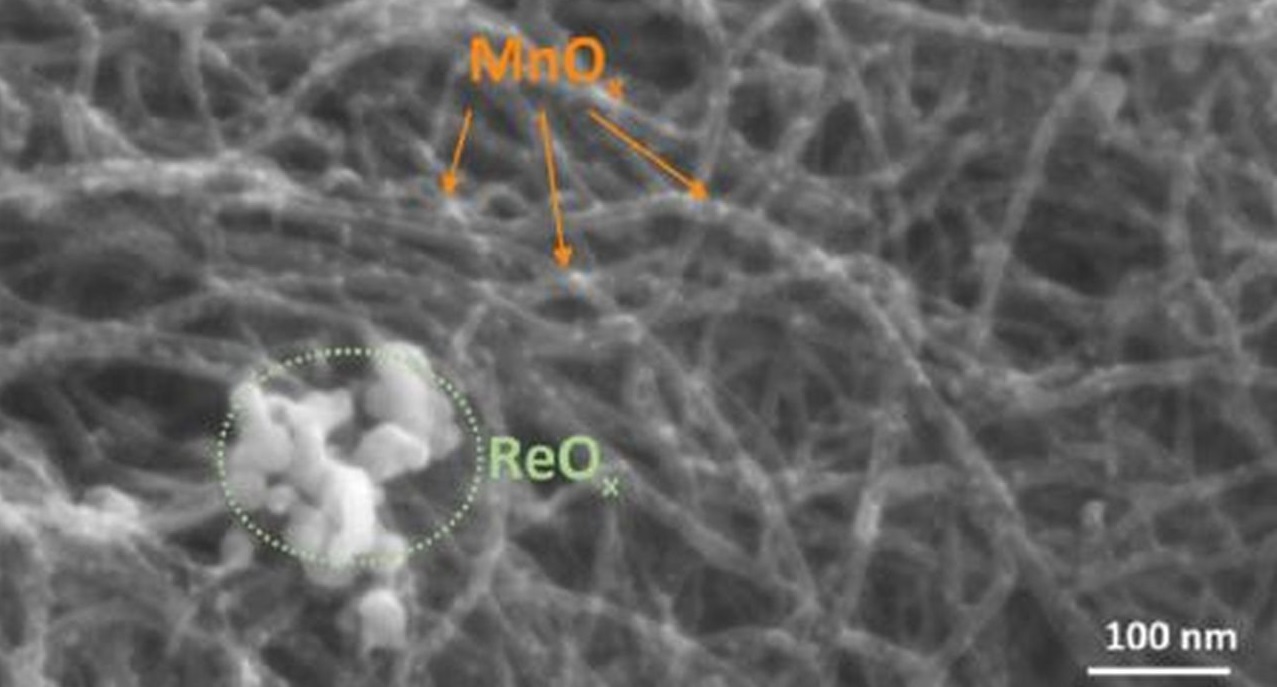
Scientists from St. Petersburg State University and Omsk Scientific Center of the Siberian Branch of the Russian Academy of Sciences have created a composite material from multilayer carbon nanotubes, manganese oxide and rhenium. This material will increase the energy efficiency of supercapacitors used in alternative energy.
The results of the study are published in the Swiss scientific journal Applied Sciences.
Carbon nanotubes are a promising material, which is a carbon cylindrical structure created from graphene. Nanotubes are characterized by high strength and density, while their thickness is less than a human hair. By adding small amounts of matter (1-3% of the total volume) to a certain medium, nanotubes are able to significantly improve the characteristics of this medium.
Previously, experiments have already been conducted to add nanotubes to road surfaces, car tires, lithium-ion batteries and even paper. As a result, the substance became more durable and effective.
St. Petersburg State University scientists have developed new ways to increase the efficiency of supercapacitors by using a combination of multilayer nanotubes and transition metal oxides. One of the approaches is to increase the surface area that ensures the energy efficiency of the electrode.
Special attention of scientists is attracted by manganese oxides, which have a high specific capacity, low toxicity, and cost of production. Scientists have created a composite material based on multilayer carbon nanotubes and manganese oxide with the addition of heavy metal rhenium. This material is characterized by high-capacity indicators – accumulated charge per unit mass. During the experiment, scientists applied layers of manganese oxide to the surface of nanotubes, then carried out temperature treatments for crystallization and formation of nanoparticles. This made it possible to increase the specific capacity by more than 2 times, but this indicator was rapidly decreasing.
The results obtained by the scientists of St. Petersburg State University will significantly increase the efficiency of pulse power sources that generate a large amount of energy in a short time.
